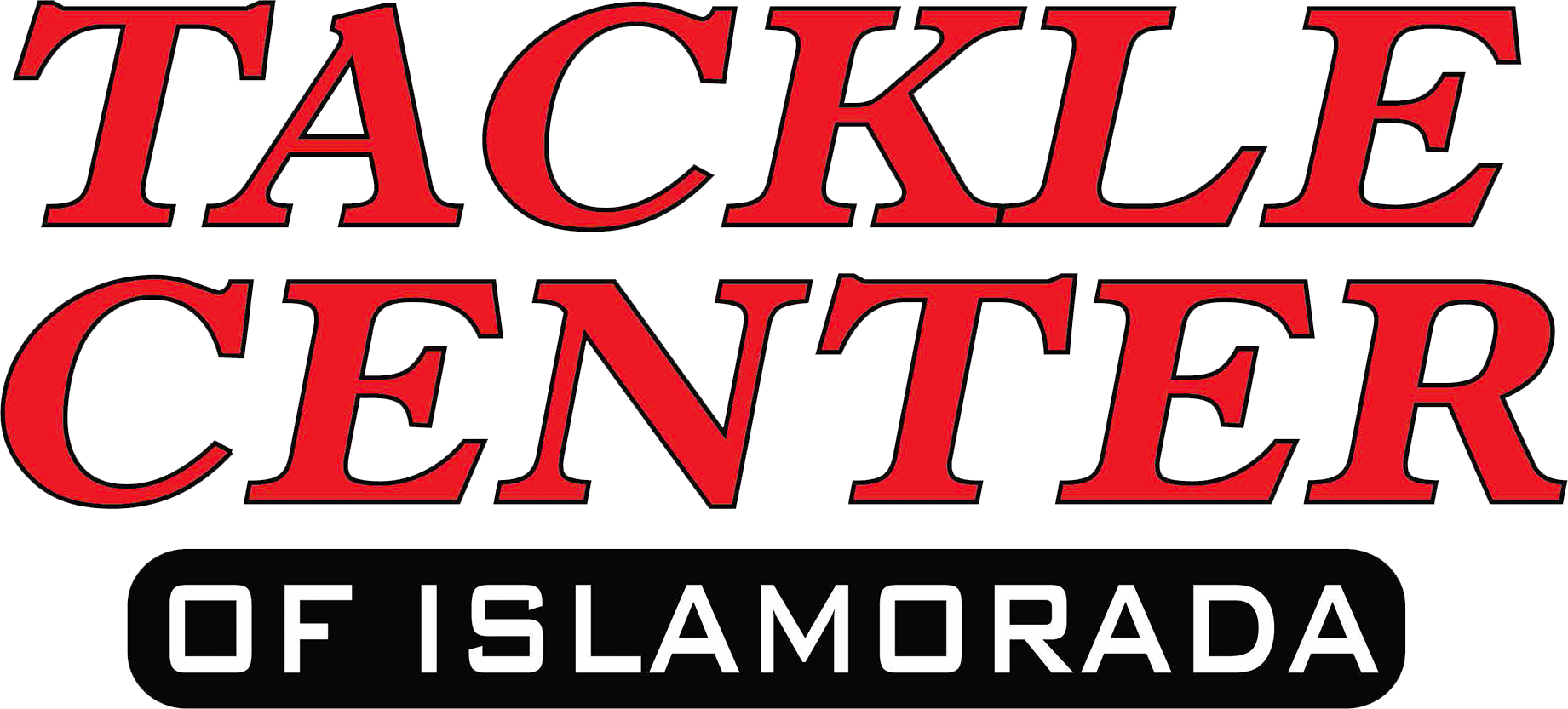Posted by Tackle Center of Islamorada
Introduction
Fall fishing in the Florida Keys does not mean slowing down. It just means shifting gears. The air feels a little lighter, the days start getting shorter, and the water changes, subtly at first but enough to make a difference. Fish adjust how they feed, where they move, and when they bite. That is where choosing the right fishing equipment really starts to matter.
Fall in Islamorada is not cold, but it is not summer either. The fish feel this too. They become more selective about bait and more sensitive to presentation. Small gear changes can mean the difference between a quiet morning and a productive lineup of catches. Whether you are fishing the bridges, poling the flats, or heading a few miles offshore, your gear needs to keep up with the shift.
That special touch is not about buying all new things. It is about knowing what adjustments count, when to go lighter, when to lean on the heavy tackle, and when to simplify. Outfitters like Tackle Center of Islamorada see these shifts daily and keep custom rig kits, rods, and reels on hand that fit Keys conditions all season long.
Choose Lighter Gear for Inshore Flexibility
As waters cool off a bit in the Keys, fish like snook, mangrove snapper, and redfish start patrolling inshore zones more frequently. Anglers who tune into this know it is time to go lighter. Boats anchored near the mangroves or drifting quiet flats are not looking for heavy rods that spook the fish. They are focused on subtle setups that move naturally with the water.
Light rods paired with smaller hooks and fluorocarbon leaders give inshore anglers the edge. The goal is not to overpower the fish, it is to fool them. Fall water clarity can bounce between murky and clear depending on the tides and wind.
So we swap between live bait rigs and small jigs based on where and how we are fishing that day. A bait that looked great in summer might sink too fast in shallow, slower-moving fall water. For these scenarios, Tackle Center of Islamorada regularly stocks lighter spinning rods and proven inshore soft baits designed for seasonal clarity.
Inshore fishing this time of year favors quiet approaches, soft casts, and close contact with structure. Rods that help you feel even the smallest nibble can turn a slow morning into steady action. The trick is combining that light touch with gear that still holds up when a strong snook runs under the dock.
Match Offshore Tools to Tougher Conditions
Not all bite windows happen inshore. Fall offshore trips can still produce quality mahi and the occasional grouper if you are willing to head out. But conditions take a turn. Fall breezes pick up, mornings feel crisper, and the chop demands stronger setups. Now we see how the right updates to fishing equipment can save a trip.
Trolling rigs with longer leaders, deeper-diving baits, or slightly heavier weights often hold better through fall swells. When weed lines are scattered and the bite is moving fast, gear adjustments are not just helpful, they are necessary. Weak setups lose bait fast in rougher currents or miss fish that are only taking soft hits.
Out here, precision matters even more than in calmer summer months. Rig too light and you are fighting the water more than the fish. Rig too heavy and you miss the finesse that attracts yellowtail on the reef’s edge. Fall offshore is a balance, you need gear strong enough for structure-hugging predators and smart enough to adjust mid-day if the drift or wind shifts.
On a recent trip, we switched out terminal tackle mid-morning because the lines kept drifting shallower than planned. That one change put us on fish we had been missing just an hour earlier. Offshore success in the fall often comes from noticing what is not working and having gear that can pivot with you. Many local shops, including Tackle Center of Islamorada, have popular trolling lures, deep drop weights, and offshore leader material in stock, ready for quick switches.
Don’t Overlook Bait Presentation in Cooler Temps
Fish feed differently in fall. It is not about hunger as much as opportunity and timing. When the water starts to drop a few degrees, the reaction to bait gets more careful. The way your bait moves, or does not, becomes the deciding factor.
We often see heavier jigs hit bottom too fast this time of year. Fish either ignore it or bump it without committing. Slowing things down actually helps. Swapping in a slower-sinking jig or trimming your presentation so it looks more natural can change everything. Fall water makes fish slower to chase, so matching that tempo is key.
Artificial lures should track closer to a steady, simple pattern. Flashy colors that worked in summer might now create too much splash or shine. When using live baits, it makes sense to adjust leader length so the bait moves freely with current but does not spin or dive out of view.
We keep a couple of bait options ready at all times in fall. One rig for live, another with a soft plastic, and sometimes a third with a lighter jig head. The goal is not to overwhelm the box, it is to keep your timing tight when the action turns on.
Keep Tackle Boxes Seasonal and Simple
One easy mistake we see people make in the fall is carrying too much gear. Tackle boxes stuffed with summer lures, oversized plugs, and bright poppers usually end up staying closed on the boat or used when they should not be.
Fall gear works best when narrowed down to what is proven now. That often means quiet, natural colors, downsized hooks, and a cleaner setup overall. There is less guessing involved when your gear matches the season from the start. Not every lure works every trip, and keeping too many options in front of you only slows things down on the water.
Try thinking in categories. What is your go-to jig? Your best-performing live bait rig? And one or two artificial lures that tend to get strikes in shallow water or near structure this time of year? That small set can usually cover most of the action you will come across in local fall waters.
We go through our tackle boxes each season for a reason. Even smart gear choices grow stale if they are built for bite patterns that moved on months ago.
Staying Sharp as Seasons Shift
Fall fishing in Islamorada is not about doing everything differently. It is about starting with what you already know and adjusting with purpose. Good gear is not always brand new, it is stuff that still works, just tuned to fit changing conditions.
Picking the right Florida fishing equipment does not have to feel tricky either. When you pay attention to how the water feels, how the wind shifts, and how fish are responding day to day, making changes comes naturally. A lighter line, a shorter leader, a different color jig, these are not massive switches but they can make all the difference.
When your gear needs a seasonal update or you’re dialing in setups for local water, we’re here with rigs, tools, and advice that match the conditions. From light tackle to offshore setups, our Islamorada shop stays stocked with the kinds of equipment anglers rely on year after year. Take a look at our current selection of Florida fishing equipment to keep your next trip running smooth. At Tackle Center of Islamorada, we keep it simple and focused on what’s working now.


